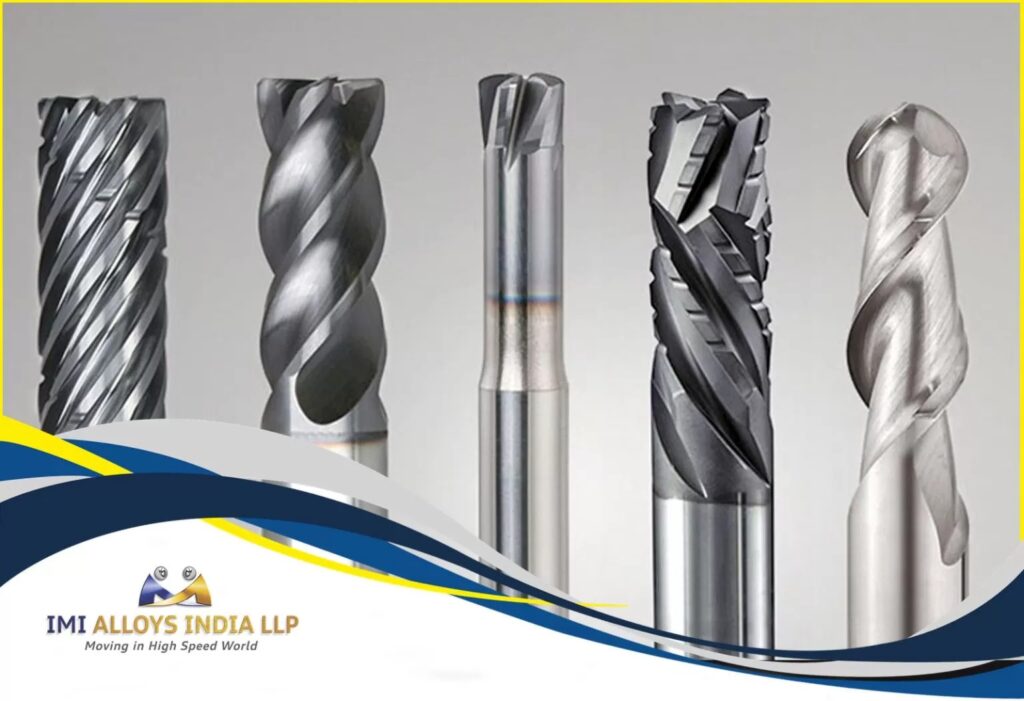
Carbide rods have become essential in the industrial world, offering exceptional strength, durability, and performance across multiple sectors. These rods, made from a composite of tungsten carbide and cobalt, have transformed how industries approach machining, tooling, and wear-resistance solutions. In this blog, we will explore the top applications of carbide rods in modern industry and explain why they have become the preferred choice for engineers and manufacturers worldwide.
What Are Carbide Rods?
Carbide Rods are solid cylindrical bars made from a tough material composed of tungsten carbide particles bonded with cobalt. This blend results in a high-performance material known for:
- Extreme hardness
- Superior wear resistance
- High thermal conductivity
- Exceptional strength under stress
These qualities make them ideal for use in demanding applications where traditional steel or other metals fall short.
1. Cutting Tool Manufacturing
One of the most widespread applications of carbide rods is in the production of cutting tools. These rods are transformed into:
- End mills
- Drills
- Reamers
- Burrs
Carbide cutting tools offer significantly longer life and improved cutting performance compared to high-speed steel (HSS) tools. They maintain sharpness longer, resist wear, and can operate at higher speeds, making them perfect for high-speed machining.
2. Aerospace Industry
In aerospace, components are often made from high-strength, heat-resistant materials. Machining such materials demands tools that won’t wear down quickly. Here, carbide rods are used to create tools that can:
- Drill and mill aerospace-grade alloys
- Handle high temperatures
- Provide consistent performance over long runs
Precision and reliability are critical in aerospace, and carbide-based tools meet those stringent requirements.
3. Automotive Industry
The automotive industry relies heavily on carbide tools for both manufacturing and maintenance. Carbide rods are used to make tools and dies for:
- Engine part machining
- Brake disc shaping
- Gear cutting
- Die-casting molds
Their ability to retain sharp edges and resist wear ensures consistent, high-quality production. Also, carbide tools reduce downtime since they don’t need frequent replacement.
4. Oil and Gas Industry
In the oil and gas sector, equipment operates under extreme conditions—pressure, heat, and corrosion. Carbide rods play a key role in this field due to their:
- Corrosion resistance
- Wear tolerance
- Thermal stability
They are used in downhole drilling tools, wear sleeves, valves, and pump components. These parts need to last longer to reduce operational costs and ensure safety in hazardous environments.
5. Medical Equipment and Surgical Tools
The medical industry demands tools with exceptional precision and hygiene standards. Carbide rods are used in:
- Surgical blades
- Dental drills
- Orthopedic cutters
These tools need to maintain sharpness during procedures and be easily sterilized. Carbide provides the edge retention and strength needed for high-precision medical instruments.
6. Metalworking and CNC Machining
CNC machining has revolutionized how parts are made, and carbide rods are at the center of this shift. They are used in the production of:
- CNC tool bits
- Lathe inserts
- Milling cutters
Carbide tools allow for faster cutting speeds and superior finish quality. They also increase productivity by minimizing tool change frequency.
7. Woodworking Industry
While wood may seem soft compared to metal, cutting and shaping wood requires durable tools, especially in mass production. Carbide rods are used to make:
- Router bits
- Planer blades
- Saw tips
Woodworking tools made from carbide stay sharp longer, leading to smoother finishes and faster production cycles.
8. Mining and Construction
Tools used in mining and construction often face tough environments filled with impact, friction, and debris. Carbide rods are used in:
- Drill bits for rock and concrete
- Mining picks
- Wear parts for earth-moving machinery
These tools benefit from carbide’s hardness and resistance to breakage, ensuring they can cut through the hardest materials without fail.
9. Textile and Paper Industry
Cutting tools for textiles and paper require extremely sharp, precise edges that stay sharp for long periods. Carbide rods are ideal for making:
- Paper slitter blades
- Textile cutters
- Scoring knives
The reduced need for frequent sharpening and tool replacement keeps production lines running smoothly.
10. 3D Printing and Additive Manufacturing
An emerging application of carbide rods is in post-processing and finishing of 3D printed parts. Carbide tools are used for:
- Surface finishing
- Support removal
- Machining final part dimensions
Their rigidity and strength help in refining surfaces without damaging the intricate details of printed parts.
Advantages of Using Carbide Rods
Using carbide rods over traditional materials offers multiple benefits:
- Extended tool life
- Reduced tool change and downtime
- Consistent and high-quality finishes
- Greater efficiency in production environments
These advantages result in overall cost savings, improved productivity, and better product quality across industries.
Conclusion
The applications of carbide rods are vast and continue to grow as industries evolve. From aerospace to woodworking, from medical to mining—carbide rods have proven to be a vital component in modern manufacturing.
By offering durability, strength, and reliability, they help businesses meet today’s demands for speed, precision, and performance.





